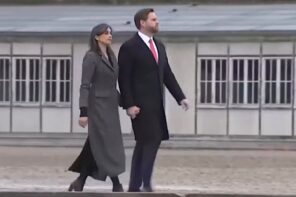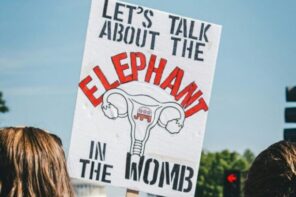In the wake of post-midterm hot-takes, political prognosticators are openly wondering how the increasing rural/urban divide is going to reshape American politics and which states will get bluer or redder.
But such analyses seem to miss a very important reality: the United States is becoming multiple Americas, and religion is beginning to play almost as important a role as race, class, and geography in the socio-political landscape.
As non-Christians begin to follow the same migration patterns as whites from the 1960s, 1970s, and 1980s, suburbs aren’t just becoming less white—they’re becoming less Christian, too. This reality emerged expectedly in places like New Jersey’s 3rd and 7th districts, and a whole lot of suburban L.A. districts (notably in Orange County), where Republicans were ill-equipped—or not wholly prepared—to deal with some of the demographic changes.
A growing number of Hindu, Sikh and Muslim voters, for example, represent the parts of New Jersey that once boasted white, Christian, college-educated voters. While they’re not all Democrats, it’s easy to see how an administration that’s doubled down on xenophobia has imperiled Republicans’ outreach efforts. Similarly, in places like Orange County, California, the rise of Asian non-Christian voters has made the Asian-American vote (with a reliably conservative Korean Christian population) more diverse and less likely to vote Republican.
But if this were just about coastal areas, conservatives might not be as worried. However, demographic changes in the heart of the imagined “Middle America” are also taking place. In Kansas, Rep. Kevin Yoder lost to Sharice Davids in a district where a Hindu American was killed last year in a hate crime. While Yoder made efforts at outreach, his message was drowned out by the nativism of Trump and anti-immigrant gubernatorial candidate Kris Kobach.
As suburban America becomes more religiously diverse, it changes how we look at the shades of the political spectrum. Not all religious minorities skew Democratic, and there’s ample data to show that some religious minorities are as conservative on some issues as Evangelicals.
Yet what’s striking is that political analysts seem to be overlooking how religious changes on the coasts and in Middle America are influencing voting patterns. In some ways, that will entrench majoritarianism in states like Missouri and Indiana for the foreseeable future, while changing the calculations in states like Arizona and Nevada, where non-Christian voters are an increasing share of the population.
The bottom line is, we’ve now transcended the Red America v. Blue America argument: now it’s a majoritarian America and multiple pluralistic Americas that both parties have to grapple with.










